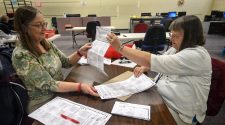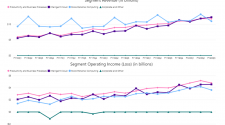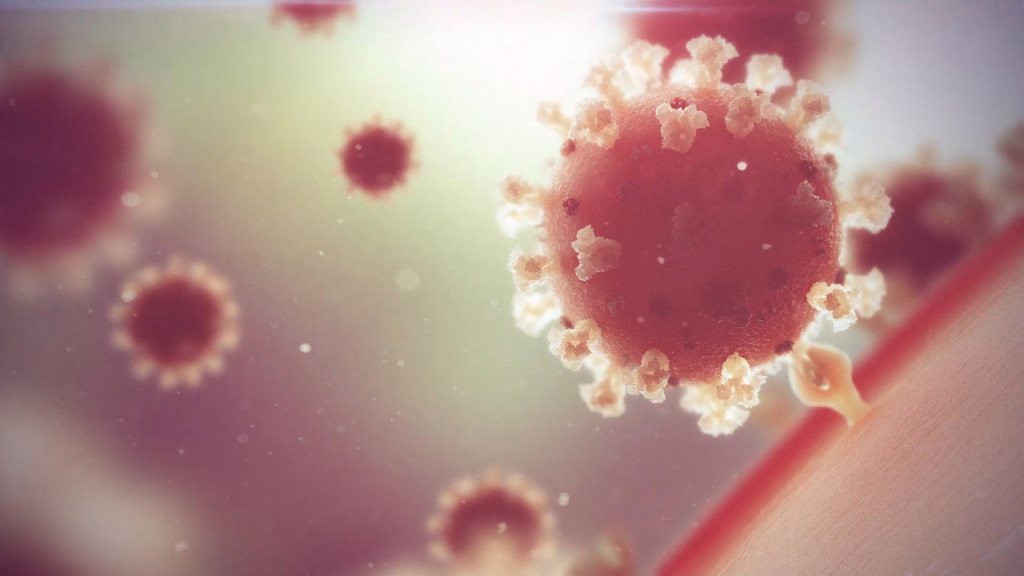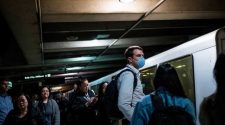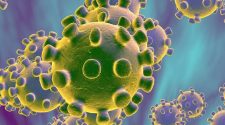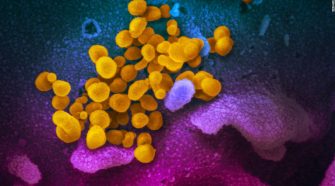Boulder County on Wednesday reported one new death from the coronavirus and 129 new cases. The county also provided a coronavirus update during an online meeting Wednesday and shared the state’s guidelines for distributing vaccinations.
Five Boulder County hospitals received doses of Pfizer’s coronavirus vaccine this week. The medical facilities started administering the shots to health care workers.
Indira Gujral, communicable disease control division manager with Boulder County, said the county plans to distribute the vaccine in three phases, per state guidelines.
Phase one is expected to occur throughout the winter and includes two parts: 1A and 1B. In phase 1A, hospital workers in direct contact with coronavirus patients will be first in line to get the shot, followed by long-term care facility staff and residents. Chana Goussetis, Boulder County Public Health spokesperson, said in a Tuesday interview that the county hopes to make vaccines available to care facilities by early next year. In phase 1B, moderate-risk health care workers and first responders will get vaccinated.
In phase 2, the county plans to distribute vaccines during the spring to higher risk individuals, such as those over 65, people with underlying health conditions. Phase 2 also includes making the vaccine available to essential workers, such as teachers and grocery store employees. In the summer, the county expects the vaccine to be available to the general public.
Gujral said 40 million vaccines are expected to be produced by Pfizer and Moderna through April. Both, she said, use messenger RNA vaccine technology.
“The messenger RNA uses a spike protein from the coronavirus to basically get your own body’s immune system to rev up and build antibodies against the coronavirus,” Gujral said. “We know that it’s safe and 95% effective, which is very exciting.”
Jeff Zayach, the executive director of Boulder County Public Health, said that in order to drop to less restrictive level orange, the number of new cases per 100,000 people must drop from 445.5 new cases as of Wednesday, to below 350 for at least a two-week stretch.
With an estimated one in 40 people infectious statewide, Zayach said there is still work to be done to curb the spread of the virus. He reminded people to take the virus seriously, saying that it is now the leading cause of death in Colorado.
“What we need from all of you is to keep up the hard work on this,” Zayach said. “We know it’s been difficult.”
To date, Boulder County Public Health reported that there have been 13,378 positive or probable cases. Following public health orders will be essential to continuing to decrease cases, Zayach said.
“If we can get masking up to the 95% level across the state, then we can make a significant impact in the number of projected daily infections, as well as the projected number of daily deaths,” Zayach said.
While case numbers have been seeing a decline, Zayach said, hospitalizations are again on the rise, following a decrease. The county reported that 78 people were in the hospital as of Wednesday — up three from Tuesday’s numbers. In total, there have been 389 people hospitalized. Deaths, Zayach said, have also been on the rise.
“Typically what happens is we see an increase in the number of cases, then we see an increase in hospitalizations and then we see the increase in deaths that follow that,” Zayach said.
Goussetis said a person who died Tuesday was in their 60s and a resident at a long-term care facility. The death toll as of Wednesday was 160.
Goussetis said another person died Dec. 6. They were also in their 60s and a resident of a long-term care facility. That person’s death was counted in Tuesday’s numbers, though, it wasn’t until Wednesday that information on that person’s death was available.
Goussetis emphasized other important steps to curbing the virus, include staying 6 feet apart, even when wearing a mask; washing hands regularly; not gathering and signing up for the COVID-19 exposure notification program, which alerts people when they’ve been near anyone who has tested positive for the virus. The program can be found at https://bit.ly/3aiEqm1.
Zayach said the county has been in communication with the leaders in the St. Vrain Valley and Boulder Valley school districts to discuss the eventual safe return to in-person learning. Gov. Jared Polis shared guidelines this week for returning to in-person learning.
St. Vrain Valley School District reported on its online coronavirus dashboard that there were 16 active COVID-19 cases, split between 11 students and five staff. To date, the district has had 518 confirmed positive cases. Of those, 361 cases have been students and 157 have been staff.
Boulder Valley School District’s coronavirus dashboard was not available online Wednesday.
The University of Colorado Boulder reported on its online coronavirus dashboard that there was one positive test result Tuesday out of 202 diagnostic tests. The university also conducted 602 monitoring tests. There were no campus isolation spaces in use. Since the start of the semester on Aug. 24, there have been 1,701 positive results. The campus has performed a total of 14,994 diagnostic tests and 71,275 monitoring tests.
Statewide, the Colorado Department of Public Health and Environment reported that there have been 296,716 positive or probable cases. Among the cases, there have been 4,156 deaths, and of those, there have been 3,230 deaths because of COVID-19. There have been 16,614 people hospitalized. Of Colorado’s roughly 5.7 million population, there have been 1,985,750 people tested.
Zayach encouraged people not to travel this holiday season and make choices not just for themselves, but for the greater good of their community.
“Not only do the decisions that we individually make have impacts on schools, it has impacts on our businesses; it has impacts on the death rate in our community and how many people we see dying — peoples’ mothers, fathers, grandfathers, uncles, brothers and sisters,” Zayach said. “We want to prevent that to the maximum extent possible.”





